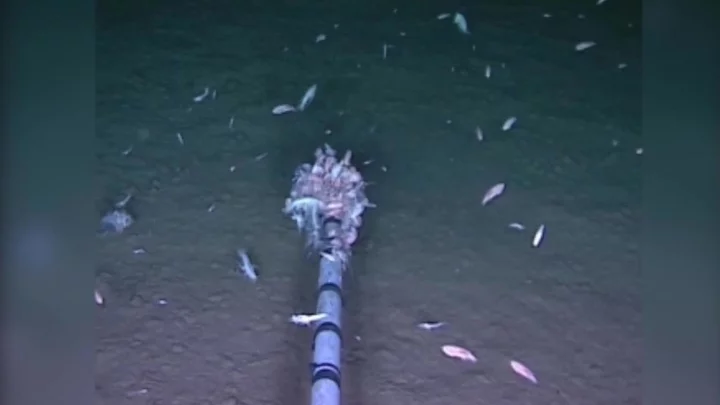
Scientists have found a novel virus at the bottom of the ocean
Scientists have discovered a new virus in the Pacific that is thought to be the deepest ever found in Earth’s oceans. The so-called bacteriophage virus infects and replicates inside bacteria, and was found in the Mariana Trench, which is the Pacific’s deepest point. Bacteriophages are among the world’s most abundant life forms, and are important for regulating population sizes in the oceans and releasing nutrients. This one, the catchily named vB_HmeY_H4907, was picked up at 8,900 metres below sea level. That is still some way off the 11,000 metre floor of the trench. Min Wang, a marine virologist from the Ocean University of China, said: “To our best knowledge, this is the deepest known isolated phage in the global ocean.” “Wherever there’s life, you can bet there are regulators at work. Viruses, in this case.” Scientists think this virus is likely to be distributed widely in the world’s oceans, despite the fact it has only been discovered. It has a similar structure to its host bacteria group halomonas. These are usually found in sediments and geyser-like openings on the seafloor. They also think the virus is lysogenic, which means it infects the host but does not kill it. Dr Wang said the discovery could inform further research about how viruses survive in the world’s harshest environments. “Extreme environments offer optimal prospects for unearthing novel viruses,” he added. The virus was found in the so-called hadal zone, which the study’s authors said is “the planet’s least explored and most mysterious environment, and it is the deepest habitat for life on Earth’s surface”. The area is named after Hades, the Greek god of the underworld. Researchers wrote in the study: “These findings expand our understanding of the phylogenetic diversity and genomic features of hadal lysogenic phages, provide essential information for further studies of phage-host interactions and evolution, and may reveal new insights into the lysogenic lifestyles of viruses inhabiting the hadal ocean.” The findings were published in the journal Microbiology Spectrum. Sign up to our free Indy100 weekly newsletter Have your say in our news democracy. Click the upvote icon at the top of the page to help raise this article through the indy100 rankings.
2023-09-21 20:58
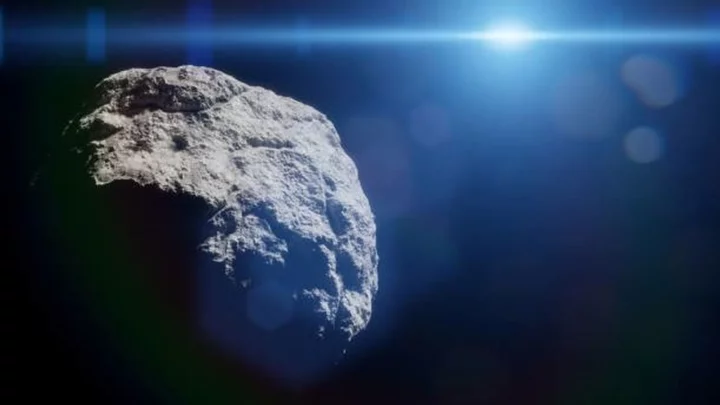
Scientists issue warning about asteroid heading to Earth with force of 24 atomic bombs
Scientists are on alert after NASA confirmed there is a chance an asteroid the size of the Empire State Building could come smashing into Earth. The asteroid is named Bennu after the ancient Egyptian bird god and has been on the space agency’s radar for a long time as they try to prevent it from coming crashing into our planet. Bennu has been categorised as one of the two “most hazardous known asteroids” and, despite the chance of impact standing at 1-in-2,700, it could strike the Earth with the force of 24 times that of the largest nuclear bomb – 1,200 megatons of energy. The carbon-based asteroid is approximately 510 metres wide and experts predict that it will come closest to hitting Earth on September 24, 2182. While the asteroid is quite sizeable, it is not quite as sizeable as the six-mile-wide asteroid which almost completely wiped out the dinosaurs. But, NASA warns that Bennu “could cause continental devastation if it became an Earth impactor”. A space mission launched using NASA’s OSIRIS-REx spacecraft has successfully taken a sample from Bennu in order for scientists to better understand the potentially dangerous asteroid. On Sunday (24 September) a capsule of the material will be dropped by OSIRIS-REx and returned to Earth where it will be retrieved and the matter inside studied. Davide Farnocchia of NASA's Jet Propulsion Laboratory told the Science Journal: “We improved our knowledge of Bennu's trajectory by a factor of 20.” As scientists work to investigate how much of a risk it could cause, Farnocchia added: “In 2135, we'll know for sure.” Sign up to our free Indy100 weekly newsletter Have your say in our news democracy. Click the upvote icon at the top of the page to help raise this article through the indy100 rankings.
2023-09-21 20:26
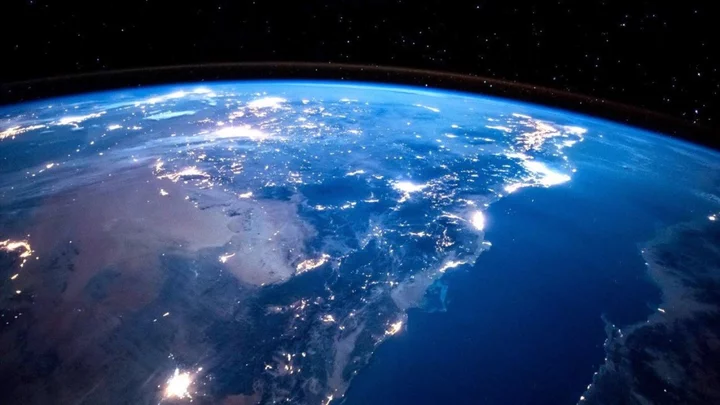
A scientist has discovered when Earth's first continent was formed
A researcher has figured out that the Earth’s first continent was formed 3bn years ago, in a new paper that sheds fresh light on the early stages of the planet’s life. Jane Greaves, an astronomy professor in the School of Physics and Astronomy at Cardiff University in Wales, was examining continent formation on distant stars and planets. It is thought that exoplanets with continents that formed in a similar way to Earth’s are more likely to be habitable, and perhaps even contain alien life. In the process, she calculated when several distant planets’ continents were born, as well as those a little closer to home. Continents on Earth sit on top of the planet’s hot, viscous mantle. Heat from the inner core stops the mantle from solidifying. The reason the core is hot is because it contains radioactive elements that came from neutron star collisions billions of years ago such as forms of Uranium, Thorium and Potassium. By analysing how many materials like this are present on Earth and on other planets, we are also able to estimate when the continents formed. On Earth, that was about 9.5 billion years since the beginning of the universe. Meanwhile, in Greaves' sample, the first continents appeared 2bn years before Earth’s on the exoplanets of younger, so-called thin disk stars. Older, thick disk stars analysed in her work produced rocky planets with continents that appeared even earlier: about 4 to 5bn years before Earth’s. “The outlook seems very promising for finding rocky exoplanets with continents, given that nearby Sun-like stars have already produced a few candidate hosts,” she wrote. The study, “When were the First Exocontinents?” is published in Research Notes of the American Astronomical SocietySign up to our free Indy100 weekly newsletter Have your say in our news democracy. Click the upvote icon at the top of the page to help raise this article through the indy100 rankings.
2023-09-21 17:15
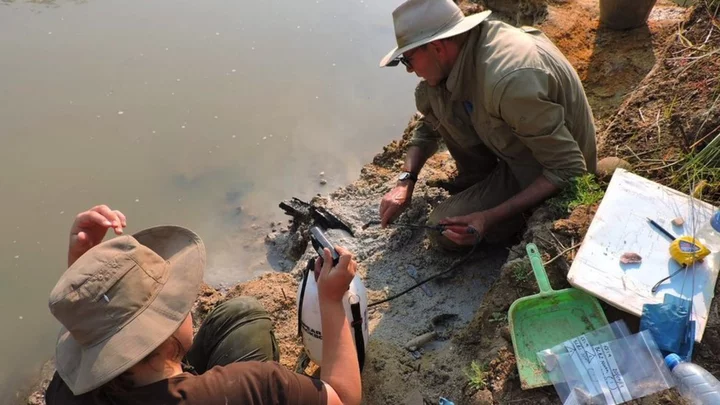
Half-million-year-old wooden structure unearthed
Ancient timber preserved in a riverbed suggests humans were building wooden structures 500,000 years ago.
2023-09-20 23:28

Scientists confirm that one of Mexican aliens is 'alive' after controversial research
Scientists in Mexico have given their verdict on the supposed 'aliens' that were presented to the country's congress last week. Much controversy existed around the aliens who were presented by a man named Jaime Maussan who has previously been accused of using the mummified beings, apparently found in Peru, as part of an elaborate hoax. Despite spawning dozens of memes, the aliens are apparently being treated seriously enough that they have now been studied by scientists who have said that the figures are ‘single skeletons’ and also have 'eggs' inside of them. The two aliens have been named Clara and Mauricio and have reportedly been studied in a lab at the Noor Clinic in Mexico. Lead researcher Dr Jose de Jesus Zalce Benitez, a former navy forensics doctor, who added that as well as being "a single skeleton" the aliens are also a "complete organic being." He also denied that the aliens were part of a hoax and even said that Clara was "alive, was intact, was biological and was in gestation." However, much like the alien bodies themselves, the research has been clouded in controversy and scepticism as the research has yet to be officially verified, with Nasa scientist Dr David Spergel questioning why the findings haven't been made public, as per the BBC. Spergel said: "He said: "If you have something strange, make samples available to the world scientific community and we'll see what's there." Benitez did add in his address at the press conference: "We are facing the paradigm of describing a new species or given the opportunity to accept that there has been contact with other beings, non-humans, that were drawn and marked in the past by diverse cultures throughout the world." Sign up for our free Indy100 weekly newsletter Have your say in our news democracy. Click the upvote icon at the top of the page to help raise this article through the indy100 rankings.
2023-09-20 16:18

18 Surprising Facts About ‘Halloween III: Season of the Witch’
The controversial sci-fi horror film wasn’t a hit with critics or fans in 1982, but “Halloween III: Season of the Witch” has morphed into a cult classic over the years.
2023-09-20 00:26

Vatican comes to Nasa's aid in historic space mission
A Vatican astronomer has come to the help of NASA with a historic mission to study an asteroid. Meteorite expert and Vatican astronomer, Jesuit Brother Bob Macke, came to the aid of the US space agency after building a custom device that would allow the study of material of a sample collected from an asteroid. The mission is that of the unmanned spacecraft, Osiris-Rex, which was launched in 2016 in order to collect samples on an asteroid named Bennu. Bennu is located close to Earth and Osiris-Rex successfully collected a cup of material from the asteroid in 2020. Now, the vessel is approaching Earth and is due to release the sample in a return capsule on 24 September before continuing its orbit of the sun. Macke was contacted by the lead of the mission’s sample analysis working group, Andrew Ryan, who asked him to build the device that was needed in order to analyse the sample of the Bennu asteroid. The device has been devised so that it can analyse the density and porosity of the samples to help identify the make up of the asteroid surface. It is known as a pycnometer and NASA has strict requirements for the device, though other companies contacted were not willing to custom make one. Macke, however, took up the task and was able to build it in five weeks thanks to the assistance of students at the University of Arizona who collaborate with the Vatican Observatory’s advanced technology telescope in Tucson. In March it was delivered to the NASA Johnson Space Center in Houston for a test run and is hoped to be used for the real thing when the sample arrives from space. Sign up to our free Indy100 weekly newsletter Have your say in our news democracy. Click the upvote icon at the top of the page to help raise this article through the indy100 rankings.
2023-09-19 22:27
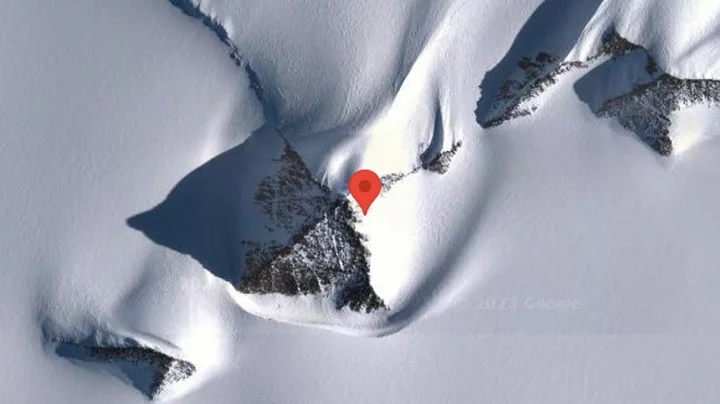
Mysterious 'pyramid' discovered in Antarctica beneath the ice
Conspiracy theorists have been turning their attention to Antarctica more than you’d expect over recent years. First, there was the case of the “bleeding waterfalls”, which remains one of the strangest natural phenomena you're likely to see, and there’s also the mystery of a so-called “pyramid” which has been found on the continent. Only, it’s not a pyramid at all – in fact, it’s a mountain. The Ellsworth Mountains are the highest mountain range in Antarctica and stretch 400km and the mountain in question was discovered by the British Antarctic Expedition of 1910-1913 It was called “The Pyramid” to keep the true nature of the discovery hidden from others at the time. Over the last hundred years, however, people have been speculating about the true nature of the location (even though it’s very much a mountain, poking up out of the ice) and now a second interesting geographical feature has bee discovered and got them talking all over again. The location in question is found at the coordinates 79°58’39.25?S 81°57’32.21?W, which has been a much-searched spot on Google Earth. Speaking to IFL Science, geologist at the German Research Centre for Geosciences in Potsdam, Dr Mitch Darcy, said: “The pyramid-shaped structures are located in the Ellsworth Mountains, which is a range more than 400 km long, so it’s no surprise there are rocky peaks cropping out above the ice. The peaks are clearly composed of rock, and it’s a coincidence that this particular peak has that shape. “It’s not a complicated shape, so it’s not a special coincidence either. By definition, it is a nunatak, which is simply a peak of rock sticking out above a glacier or an ice sheet. This one has the shape of a pyramid, but that doesn’t make it a human construction.” So, the new location is just that – a mountain poking out the top of the ice in Antarctica, and not a mysterious pyramid at all. Antarctica has been the subject of more than its fair share of speculation recently, after conspiracy theorist Eric Hecker described the Amundsen–Scott South Pole Station by the south pole as an “air traffic control” hub for aliens earlier this year. Hecker claimed that in 2010 Raytheon, the US aerospace and defence conglomerate chose him to be a contractor on the research centre operated by the United States National Science Foundation. There was “much more” to the station that first met the eye, according to Hecker. Sign up to our free Indy100 weekly newsletter Have your say in our news democracy. Click the upvote icon at the top of the page to help raise this article through the indy100 rankings.
2023-09-19 19:24
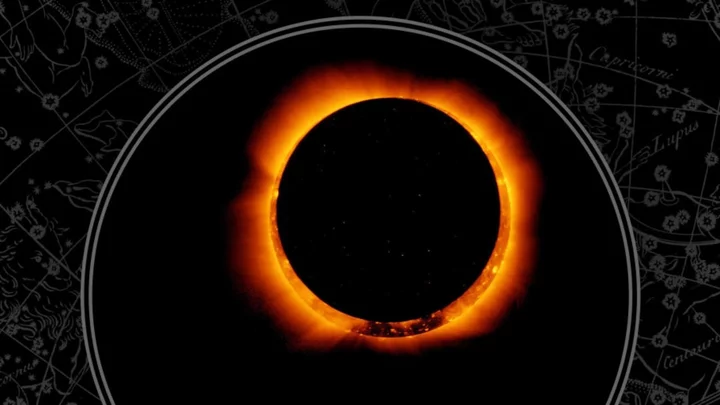
See an Annular Solar Eclipse Cast a “Ring of Fire” in October’s Sky
In October, catch this special type of solar eclipse that occurs only once every year or two.
2023-09-19 01:29

Stocks Euphoria in India Draws Warning From Top-Performing Fund
Sailesh Raj Bhan has become wary of the exuberance surrounding Indian stocks as a $790 billion rally since
2023-09-18 11:49

Your Smartwatch Is Absolutely Filthy With Germs, According to Science
There's no easy way to say it, but your Fitbit might have a little poop on it.
2023-09-17 22:18

Romania to Build Power Link to Harness Flood of Green Power
Romania is racing to build a new multi-billion-euro high-voltage cable to transport power across the country and to
2023-09-17 13:54
